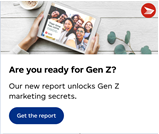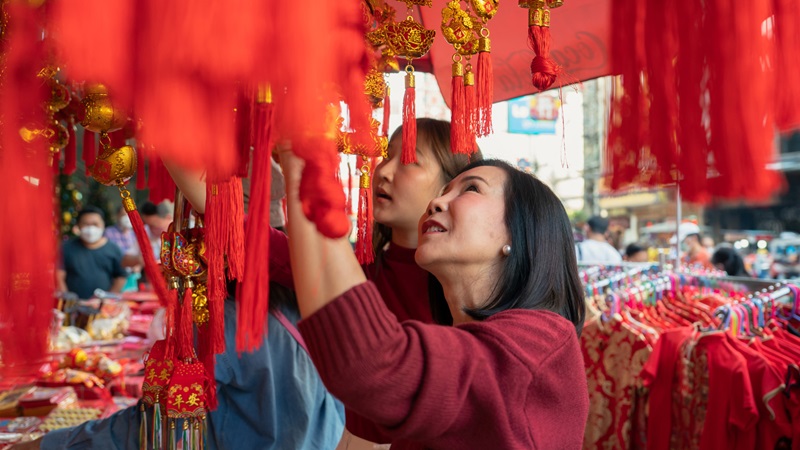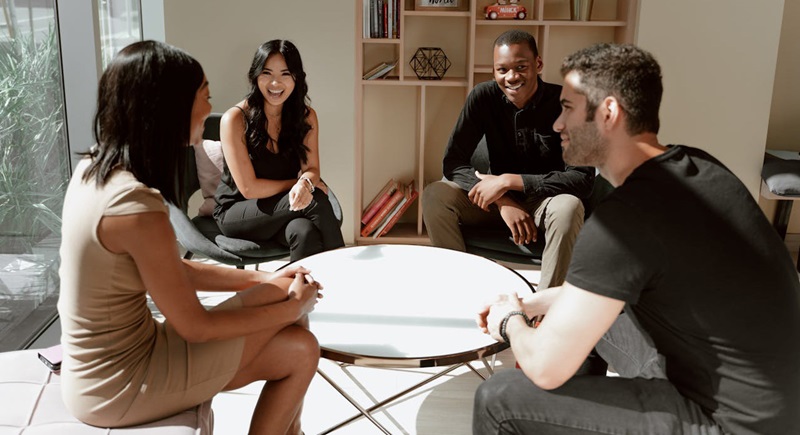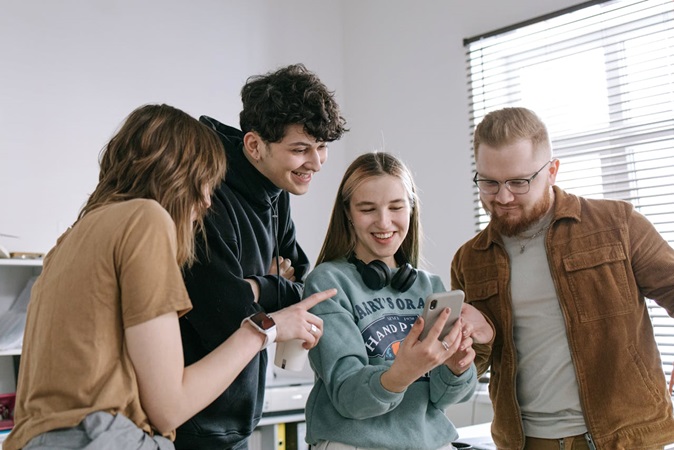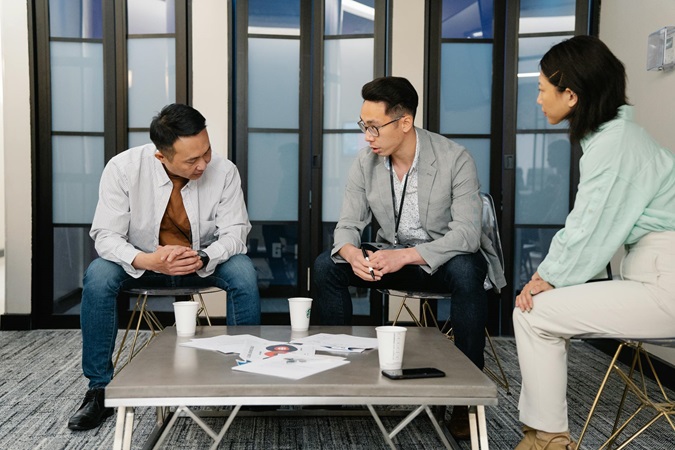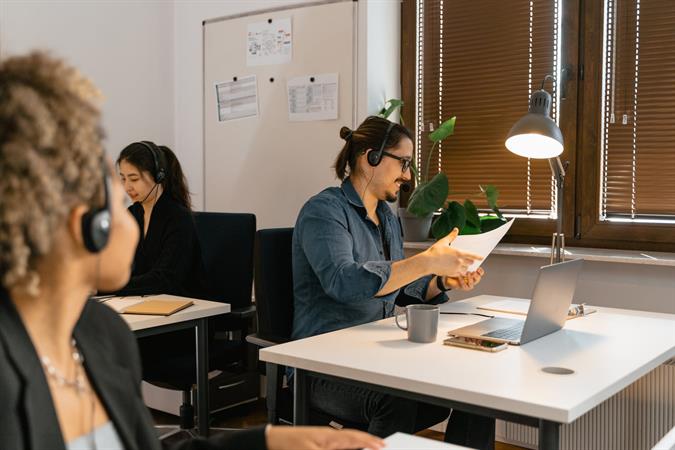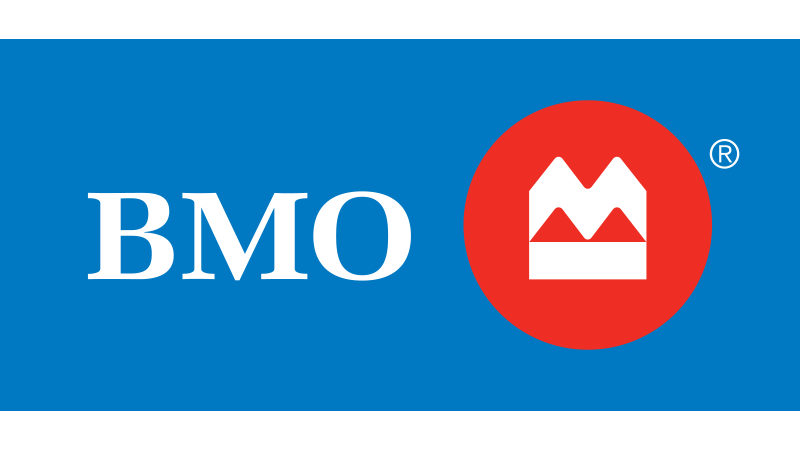Cannes you have your Lion and eat it too?
Examining in-house and AOR agency collaboration
A survey of Canadian clients leading in-house creative agencies in a range of sectors and external agency partners, reveals the role of brand-side creative groups is changing.
What were once “creative services” studio teams producing tactical extensions of agency of record (AOR) concepts, are increasingly becoming conceptual creative teams, assigned with producing high-value brand building work.
The result of these changing dynamics is an increasing ambiguity in mandate, responsibility, and the division of work between in-house teams and external agency partners. The central theme that emerges is around the need for new systems of collaboration. Brands are looking for their AOR partners and in-house team to engage with each other on a peer-to-peer level, and work as creative collaborators rather than creative competitors.
Exploring the need for more effective collaboration between these distinct creative groups surfaces a number of key themes and opportunities:
1. Alignment and accountability: Being clear on who does what
There must be a way to navigate this new normal that keeps teams feeling energized and empowered. That is what clients really need to figure out. We all want to feel a sense of control and purpose in the work we do. It’s human nature. So, how do we keep both internal and external creative teams – forced with relinquishing some control – feeling invested, energized and highly motivated about their work?
Dividing the work in a way that maintains a strong sense of ownership and understanding about who does what seems to be the key to success.
From the outset of any given project and any AOR relationship, it is important to clearly establish the lanes that each creative group is swimming in. For example, if the AOR is not intended to be the leader on a brief, the client should establish this understanding at a senior relationship level at the very beginning of a project. And the workplan should signal the roles and responsibilities of creative team members through the entire campaign development and execution. Who is the actual creative decision maker?
2. Coordination and communication: Functioning as one team
Ultimately, the only reason for a bifurcation of creative services between an external and an internal resource is for the greater good of the business.
So, why would this emerging model be better for business? The obvious answer is efficiency. As a client, it is much easier to walk down the hall and brief an in-house team to produce concepts. They already understand the products, the players and the stakes. They know the brand. They know the marching orders. That team will get to an agreeable solution quickly, and that’s efficient.
However, is it the most effective? Sometimes it is. Internal teams have access to knowledge and cultural nuance that an AOR will never have. Oftentimes, a brand’s most effective marketing campaigns have internal stakeholders rallying around them. An internal creative group has a finger on the pulse of that.
But an internal agency can also be biased by inward-looking views. When you are inside the jar, you can’t see the label. By contrast, an external AOR can drive effectiveness precisely because they don’t know what they don’t know. When we try the things somebody else thought wasn’t worth trying, it leads to innovation. Thinking differently is about striking a balance between the internal and external.
So, with these two kinds of creative teams, we have two sides of a coin. One side – the internal team – is effective because they know the business from the inside. They know what has worked and what has failed in the past. On the other side, the effectiveness of the AOR team comes from knowing what has worked broadly, across other sectors, in a transformational way, out in the world. The AOR creative team sees the client team as getting in the client’s own way; timid about making the choices that will have the biggest actual pay-out.
How do these conflicting viewpoints function as one team?
We need unconventional methods. Let’s try imbedding clients in agency meetings and agency people in internal client meetings. Let’s invite creatives into the conversation at the client brief and host live working sessions where the in-house and external agency work out the problem together.
Let’s spend more time in informal tissue sessions and concept presentations and less time on deck building. Let’s prioritize live conversation and shared documents that can enhance communication and creativity. What about preparing collaborative presentations where agency and in-house teams deliver a point of view together?
Functioning as one team means embracing radical collaboration in a way that is new to all of us.
3. Trust: From “willing to work together” to “wanting to work together”
This is the holy grail. It’s unclear, however, whether anyone has figured this out yet.
You can have every good intention, paired with great leadership on both the client agency-side and AOR agency-side and yet, you could still struggle with trust. The reason for this is that strong prejudice exists. In-house teams may think the AOR is chasing awards, don’t really care about business results or fundamentally, don’t get it. External agency teams may perceive that client teams don’t have a high bar for creative or have a low bar for risk.
Client-side teams seem to benefit from choosing seasoned creative leadership. Creative leaders who arrive client-side already having “had their fill” on the AOR-side bring a constructive level of perspective and empathy about how AORs operate and what keeps them motivated. A successful client-side creative director recognizes the need to trust the AOR with creative decisions to maintain the integrity of the vision and avoid spin.
A healthy dynamic comes from building genuine relationships between the teams. Clients and agency senior leadership teams need to encourage independent peer-to-peer interaction among client and agency-side creatives. We need to create opportunities for proximity, where team members share the environment frequently. This includes co-presenting, coordinating joint training or team-building sessions, and creating a space for more spontaneous exchanges and informal opportunities to be social.
The goal is to build a sense of a collective “us.” This needs to be a concerted, sector-wide effort.
Closing thoughts
Our industry is at an inflexion point. AOR agencies are going to continue to feel the pull of in-house teams taking the lead on projects that were historically assigned to the AOR. Clients are going to grapple with balancing the ease and comfort of working with an in-house team, against the scary but quantum potential upside of harnessing AOR innovation and ambition.
Cannes you have your Lion and eat it too?
Authors:
Lori Davison, Chief Strategy Officer, Diamond
Lori brings a perspective on this topic from both AOR–side leadership roles and client-side CMO roles leading in-house creative teams.
Charan Bhogal, Senior Director, Creative & Content Marketing, LCBO
Charan has been working as a leader of in-house brand teams with the LCBO for over 20 years.


